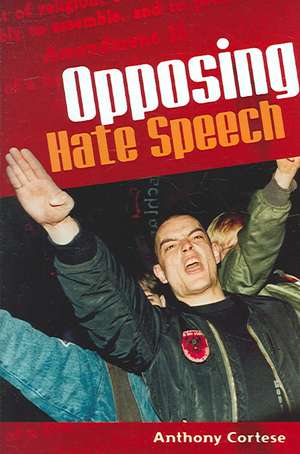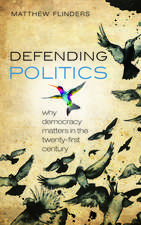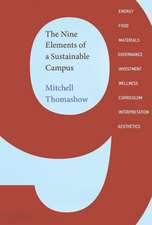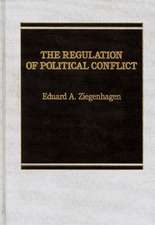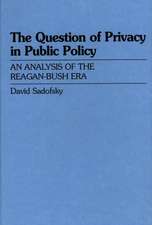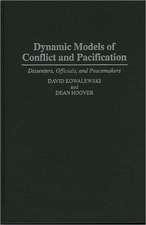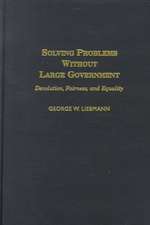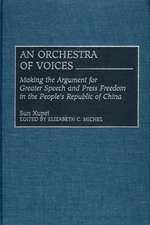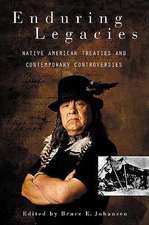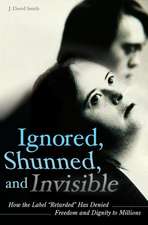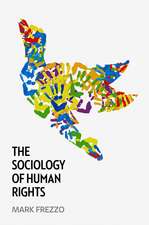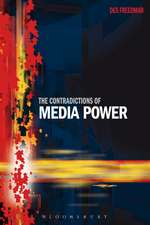Opposing Hate Speech
Autor Anthony Corteseen Limba Engleză Hardback – 29 noi 2005 – vârsta până la 17 ani
Preț: 308.44 lei
Preț vechi: 358.75 lei
-14% Nou
Puncte Express: 463
Preț estimativ în valută:
59.04€ • 64.15$ • 49.62£
59.04€ • 64.15$ • 49.62£
Carte tipărită la comandă
Livrare economică 21 aprilie-05 mai
Preluare comenzi: 021 569.72.76
Specificații
ISBN-13: 9780275984274
ISBN-10: 0275984273
Pagini: 248
Ilustrații: 2 tables
Dimensiuni: 156 x 235 x 8 mm
Greutate: 0.52 kg
Editura: Bloomsbury Publishing
Colecția Praeger
Locul publicării:New York, United States
ISBN-10: 0275984273
Pagini: 248
Ilustrații: 2 tables
Dimensiuni: 156 x 235 x 8 mm
Greutate: 0.52 kg
Editura: Bloomsbury Publishing
Colecția Praeger
Locul publicării:New York, United States
Notă biografică
Anthony Cortese is Professor of Sociology at Southern Methodist University in Dallas, Texas. His major areas of research and teaching are social problems, ethnic and race relations, social policy, social ethics, media and gender, and sociological theory. He is the author of four other books, including Provocateur: Images of Women and Minorities in Advertising, 2nd ed. (2004).
Cuprins
Foreword: Several Things We Know about Hate Speech . . . and Several Misconceptions by Richard DelgadoPreface1. Free Expression versus Equal Protection: What Harm Is Hate Speech?2. Race, Ethnicity, and Hate Speech3. Religion and Hate Speech4. Gender and Hate Speech5. Sexual Orientation and Hate Speech6. The Future of Democracy: Beyond Legal RealismAppendix: Gay, Lesbian, and Bisexual Television CharactersReferencesIndex
Recenzii
Employing critical race theory to structure his thesis, Cortese sketches a stage-developmental model of hate speech severity to make a case for the pervasiveness and perniciousness of hate speech in various institutional sectors of contemporary society..Recommended. General collections.
Cortese provides his readers with tools for talking back to speech that incites hatred or violence based on religion, race, ethnicity, gender, or sexual orientation. Cortese sees prevention as a more effective technique than legal restrictions on hate speech; he outlines a rational basis for rejecting bigoted talk by focusing on equal treatment and equal protection under the law. His focus is on media sources--Web sites, film, television, radio, newspapers, magazines--as well as social movements, pride marches, and demonstrations that fight for minority rights and those that oppose them. He concludes by exploring what readers can do to counter and eliminate hate speech at the individual level.
Cortese provides his readers with tools for talking back to speech that incites hatred or violence based on religion, race, ethnicity, gender, or sexual orientation. Cortese sees prevention as a more effective technique than legal restrictions on hate speech; he outlines a rational basis for rejecting bigoted talk by focusing on equal treatment and equal protection under the law. His focus is on media sources--Web sites, film, television, radio, newspapers, magazines--as well as social movements, pride marches, and demonstrations that fight for minority rights and those that oppose them. He concludes by exploring what readers can do to counter and eliminate hate speech at the individual level.
